Refine listing
Actions for selected content:
1294859 results in Books

Work and Industrial Relations Policy in Australia
-
- Published by:
- Bristol University Press
- Published online:
- 13 September 2025
- Print publication:
- 23 May 2025

University Audit Cultures and Feminist Praxis
- An Institutional Ethnography
-
- Published by:
- Bristol University Press
- Published online:
- 13 September 2025
- Print publication:
- 23 April 2025

Universal Health Coverage
- Foundations and Horizons
-
- Published by:
- Bristol University Press
- Published online:
- 13 September 2025
- Print publication:
- 24 April 2025

The Nightwatchman
- Representing Black Men in Colonial South Africa
-
- Published by:
- Wits University Press
- Published online:
- 13 September 2025
- Print publication:
- 01 August 2025

Vulnerability Theory and the Trinity Lectures
- Institutionalizing the Individual
-
- Published by:
- Bristol University Press
- Published online:
- 13 September 2025
- Print publication:
- 27 May 2025

Transforming Protection
- The Implications of Unarmed Civilian Protection
-
- Published by:
- Bristol University Press
- Published online:
- 13 September 2025
- Print publication:
- 26 June 2025
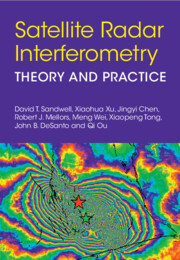
Satellite Radar Interferometry
- Theory and Practice
-
- Published online:
- 13 September 2025
- Print publication:
- 04 September 2025
-
- Book
-
- You have access
- Open access
- Export citation
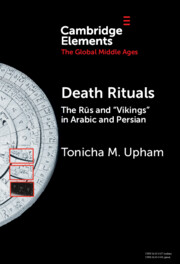
Death Rituals
- The Rūs and 'Vikings' in Arabic and Persian
-
- Published online:
- 13 September 2025
- Print publication:
- 09 October 2025
-
- Element
- Export citation

Dynamics on Graphs
- Coming soon
-
- Expected online publication date:
- September 2025
-
- Book
- Export citation

The Antidote
- How People-Powered Movements Can Renew Politics, Policy and Practice
-
- Published by:
- Bristol University Press
- Published online:
- 12 September 2025
- Print publication:
- 28 May 2025
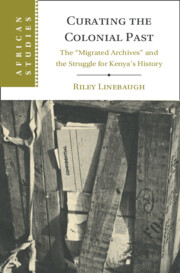
Curating the Colonial Past
- The ‘Migrated Archives' and the Struggle for Kenya's History
-
- Published online:
- 12 September 2025
- Print publication:
- 02 October 2025

State, Capitalism, and Finance in Emerging Markets
- Between Subordination and Statecraft
-
- Published by:
- Bristol University Press
- Published online:
- 12 September 2025
- Print publication:
- 24 June 2025

Sentencing Serious Sex Offenders
- How Judges Decide when Discretion Is Wide
-
- Published by:
- Bristol University Press
- Published online:
- 12 September 2025
- Print publication:
- 08 April 2025
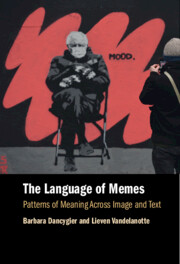
The Language of Memes
- Patterns of Meaning Across Image and Text
-
- Published online:
- 12 September 2025
- Print publication:
- 11 September 2025

The Peacemaking Mandate
- Nordic Experiences in International Mediation
-
- Published online:
- 12 September 2025
- Print publication:
- 02 October 2025

Haydn's Minuets and Eighteenth-Century Dance
-
- Published online:
- 12 September 2025
- Print publication:
- 02 October 2025
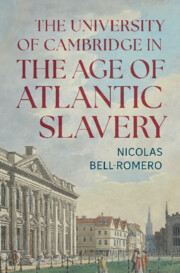
The University of Cambridge in the Age of Atlantic Slavery
-
- Published online:
- 12 September 2025
- Print publication:
- 30 October 2025
-
- Book
-
- You have access
- Open access
- Export citation

The Nature and Limitations of Conscience in Healthcare
-
- Published online:
- 12 September 2025
- Print publication:
- 02 October 2025

Corpus of Latin Texts on Papyrus
-
- Published online:
- 12 September 2025
- Print publication:
- 04 September 2025

The Handbook of Recovery Capital
- Understanding the Science and Practice
-
- Published by:
- Bristol University Press
- Published online:
- 12 September 2025
- Print publication:
- 17 April 2025
